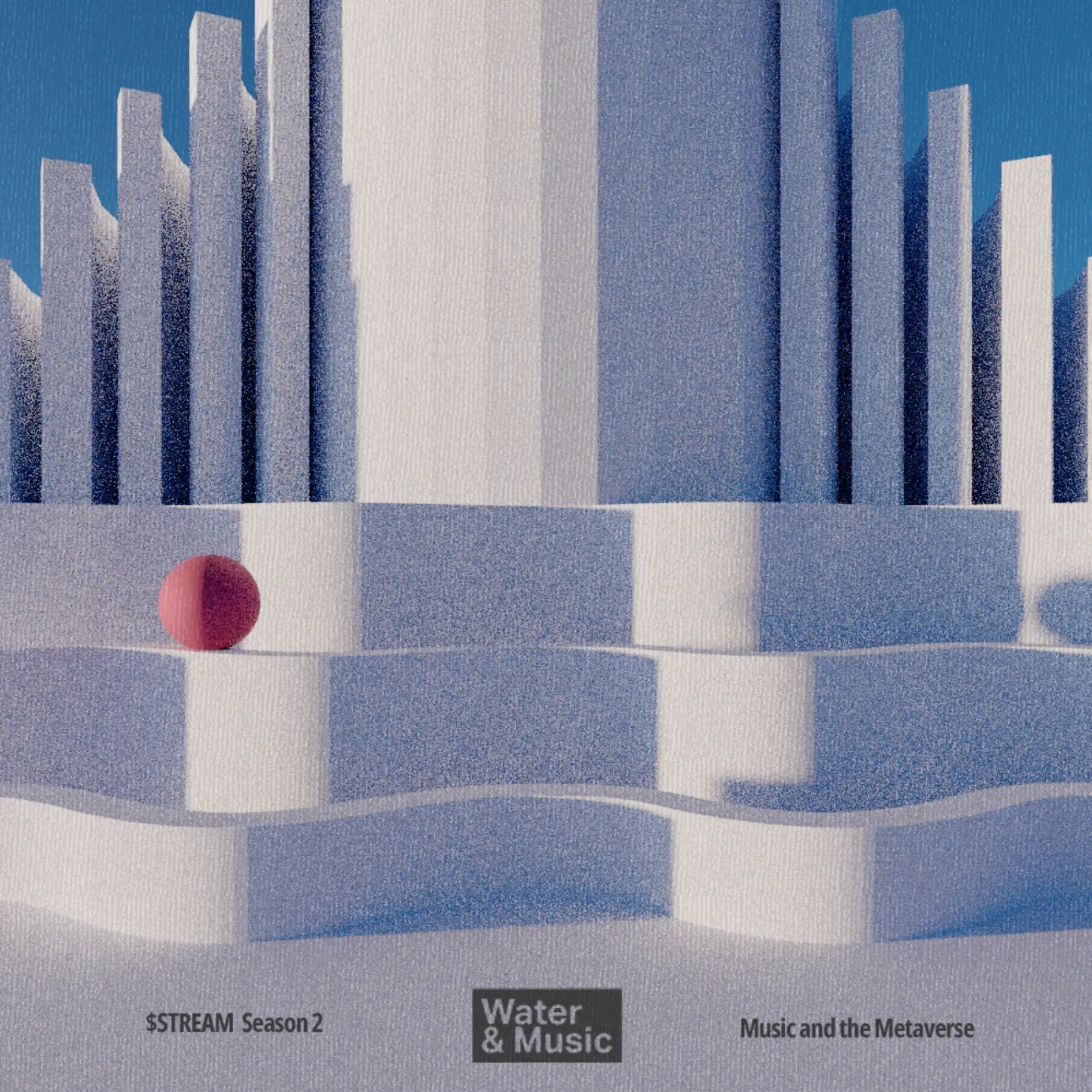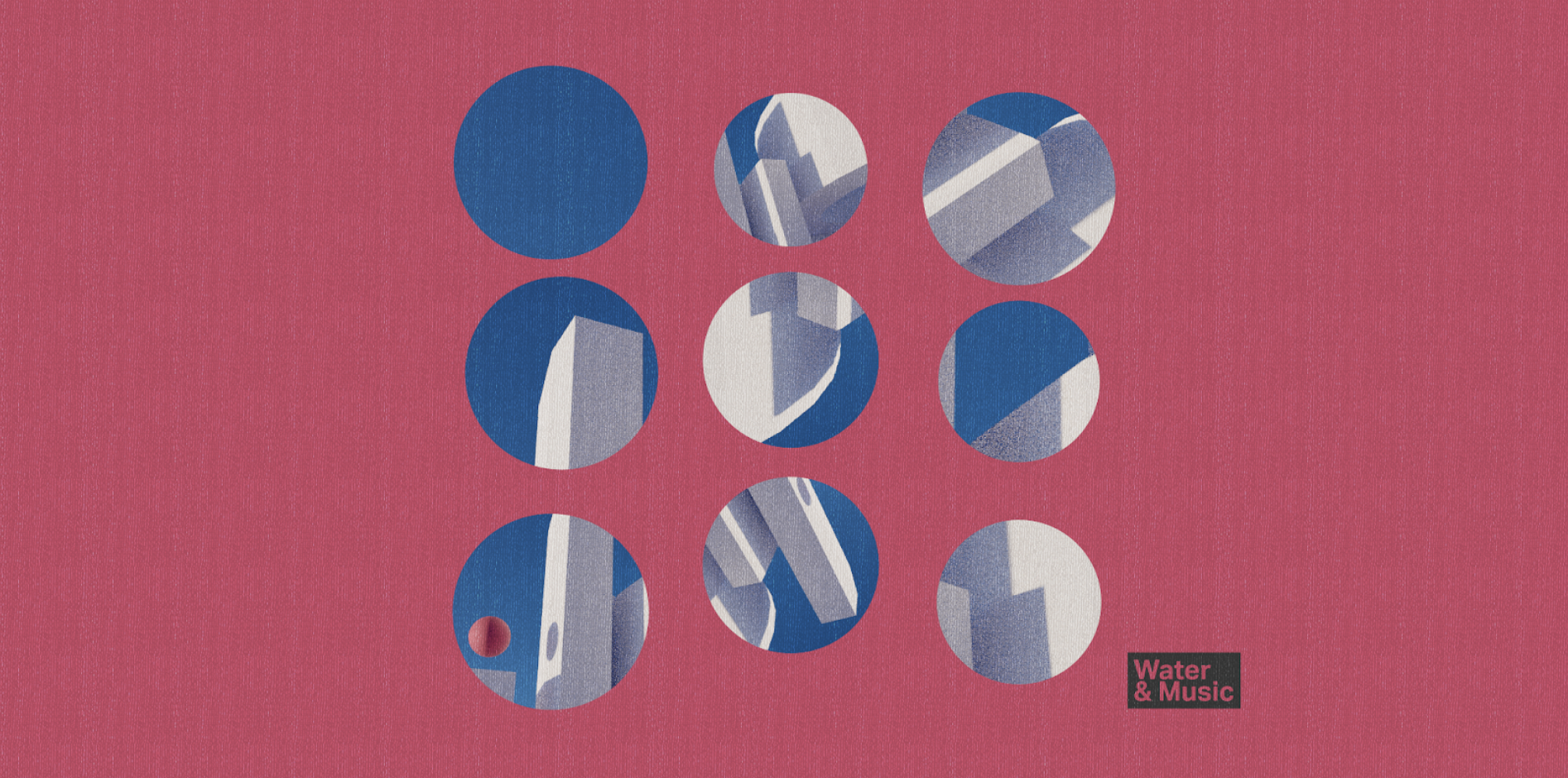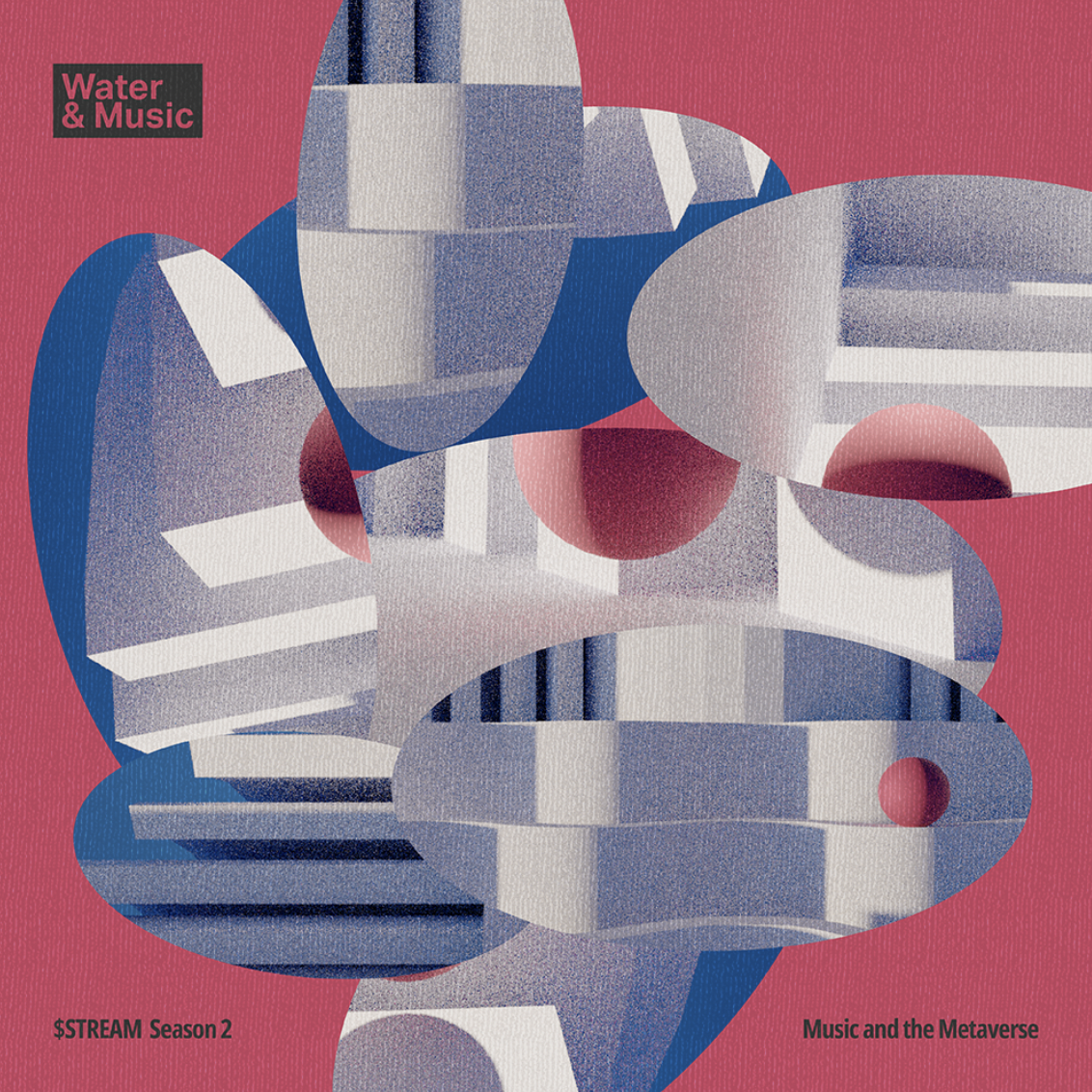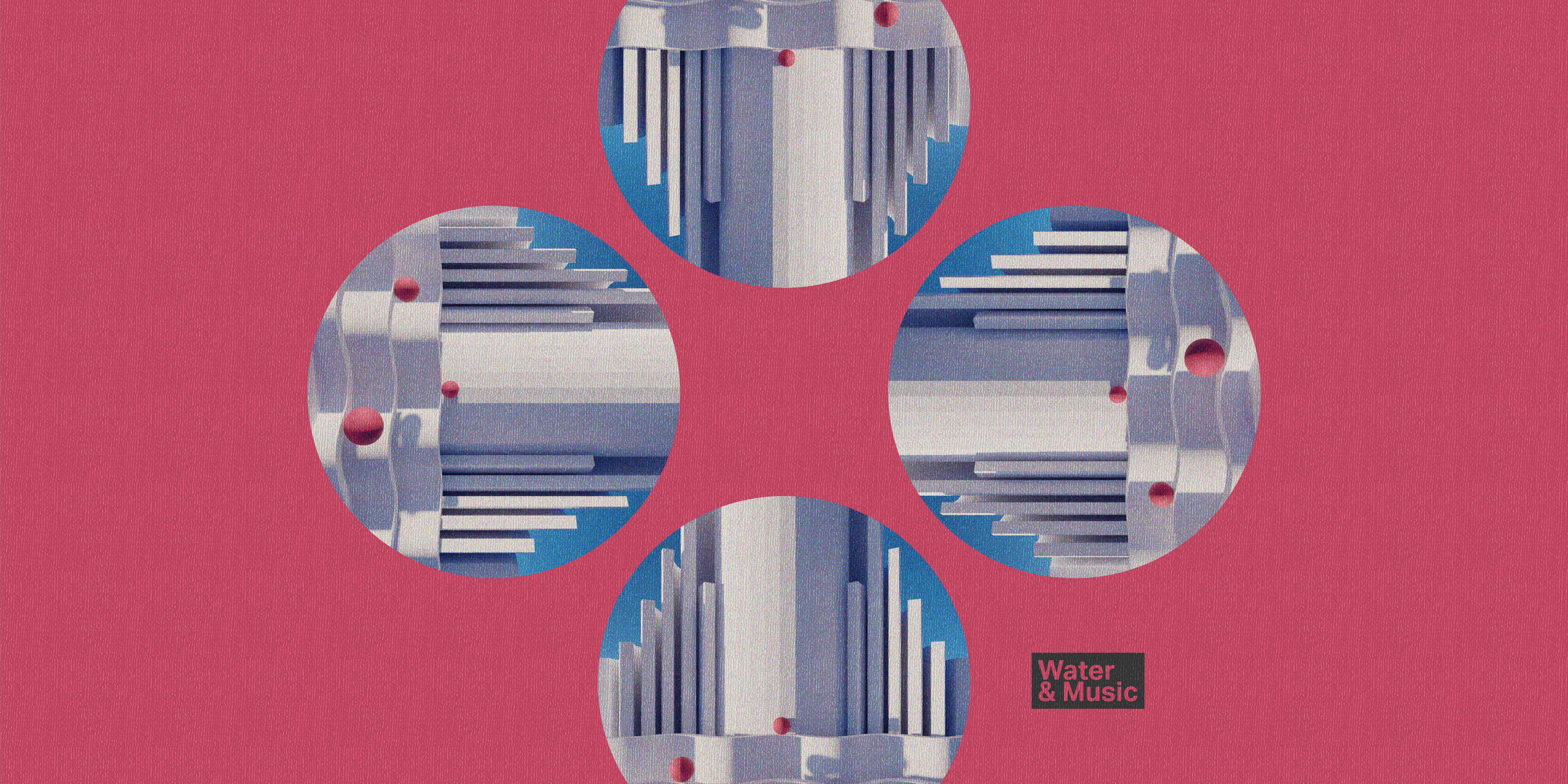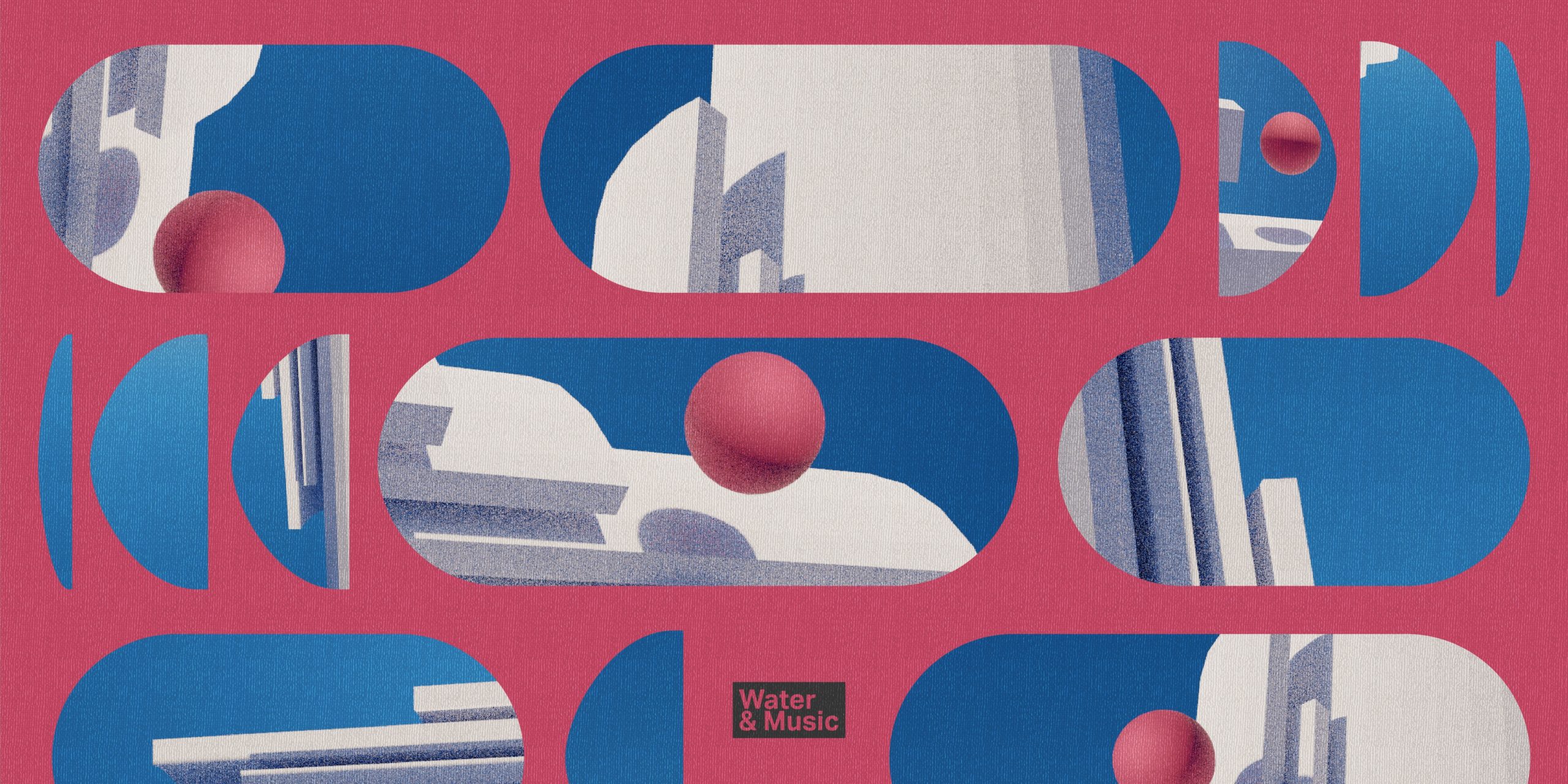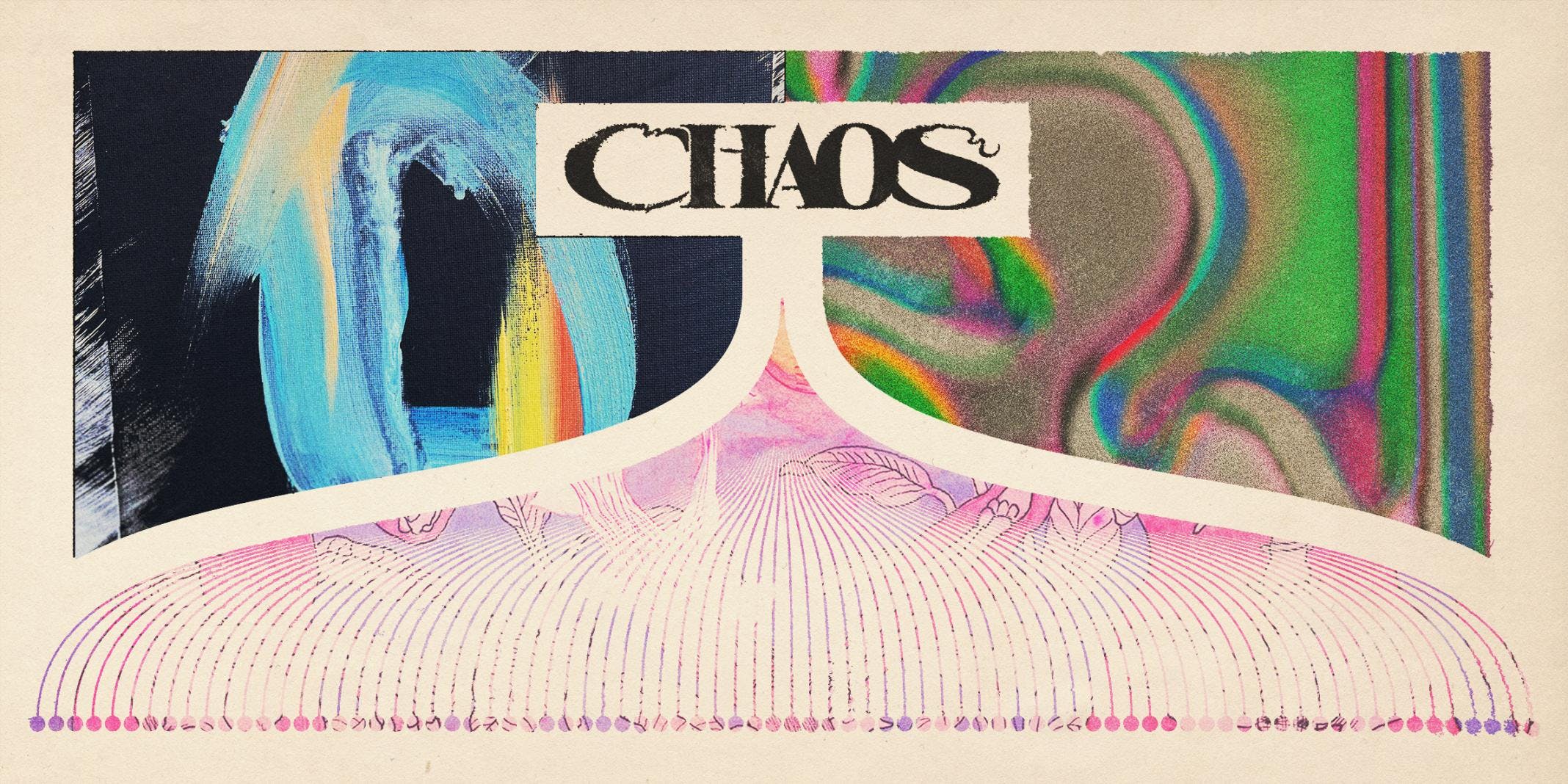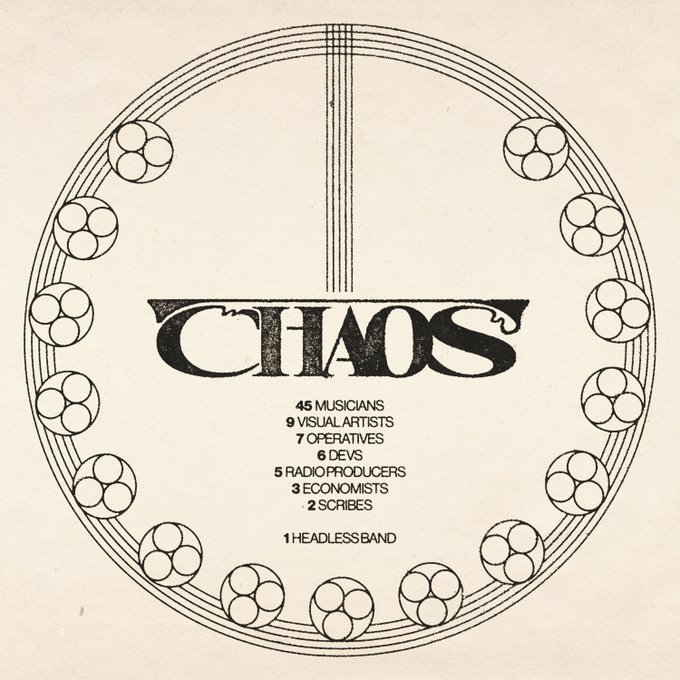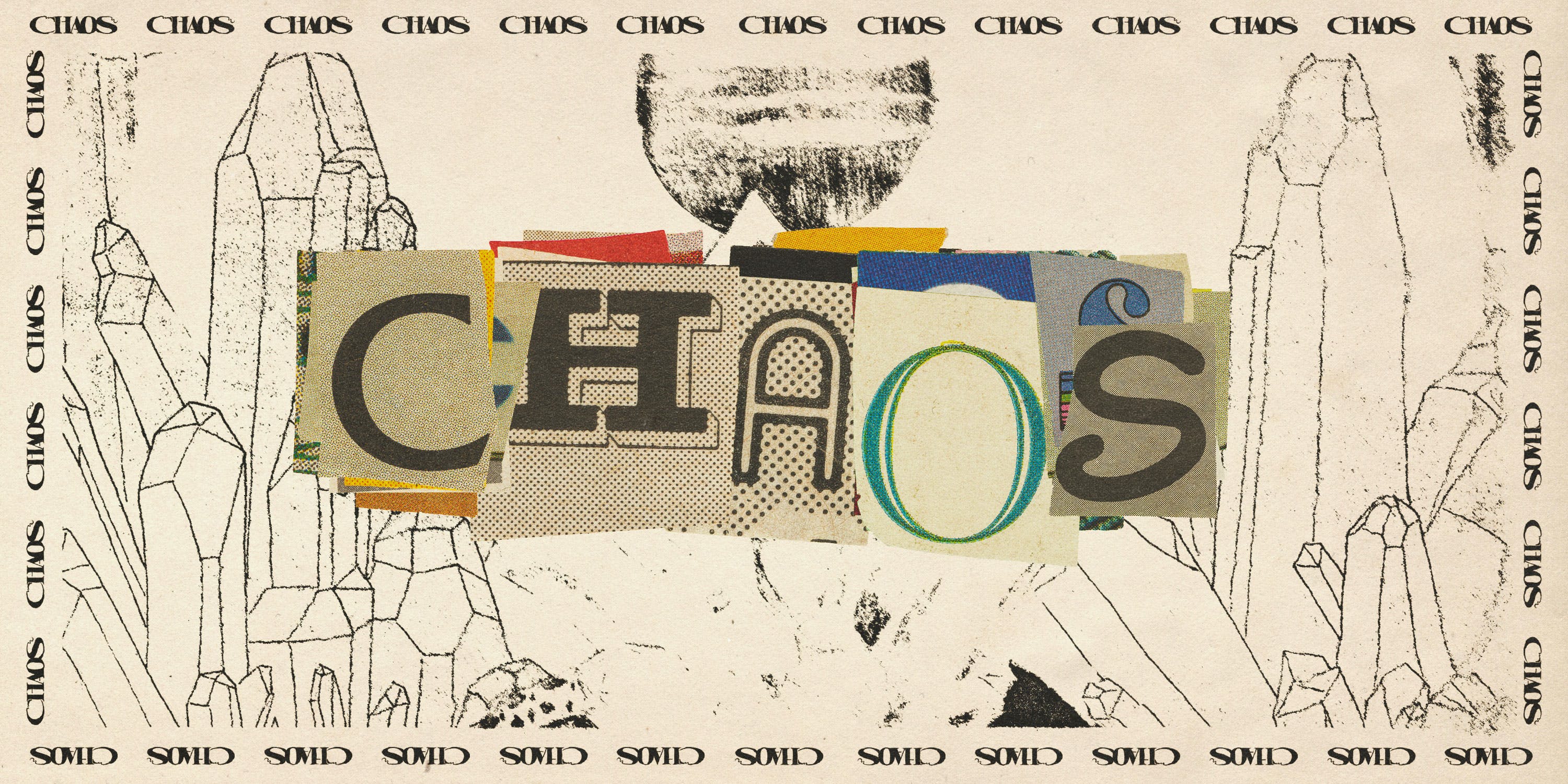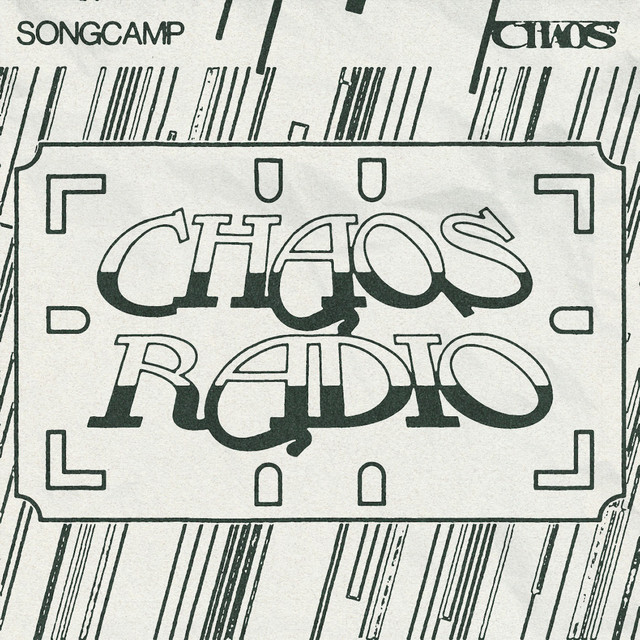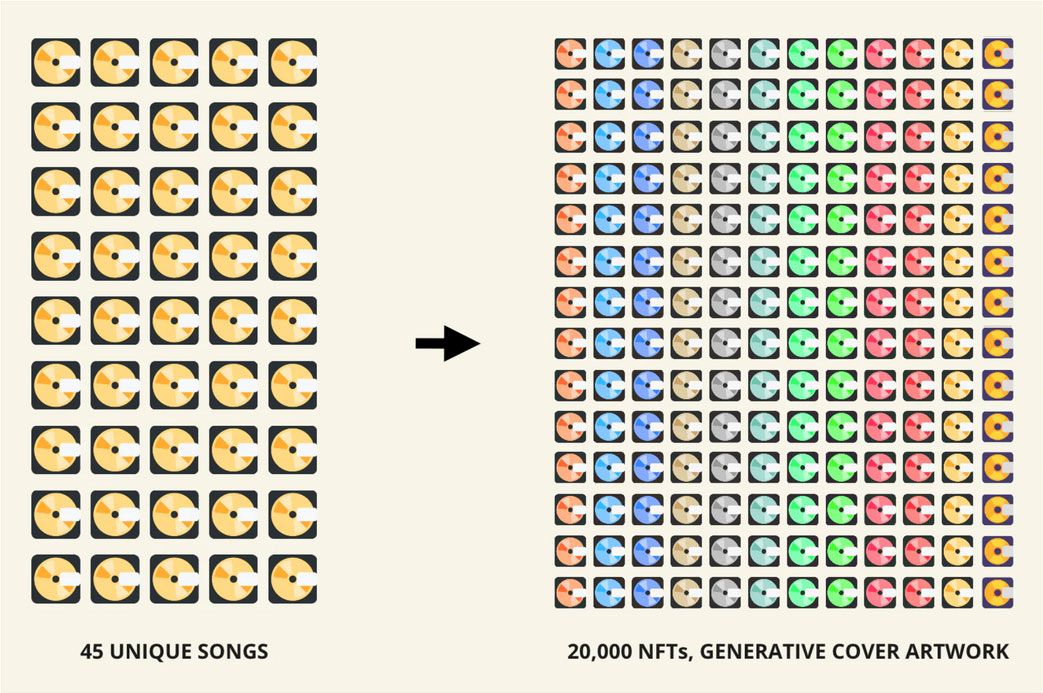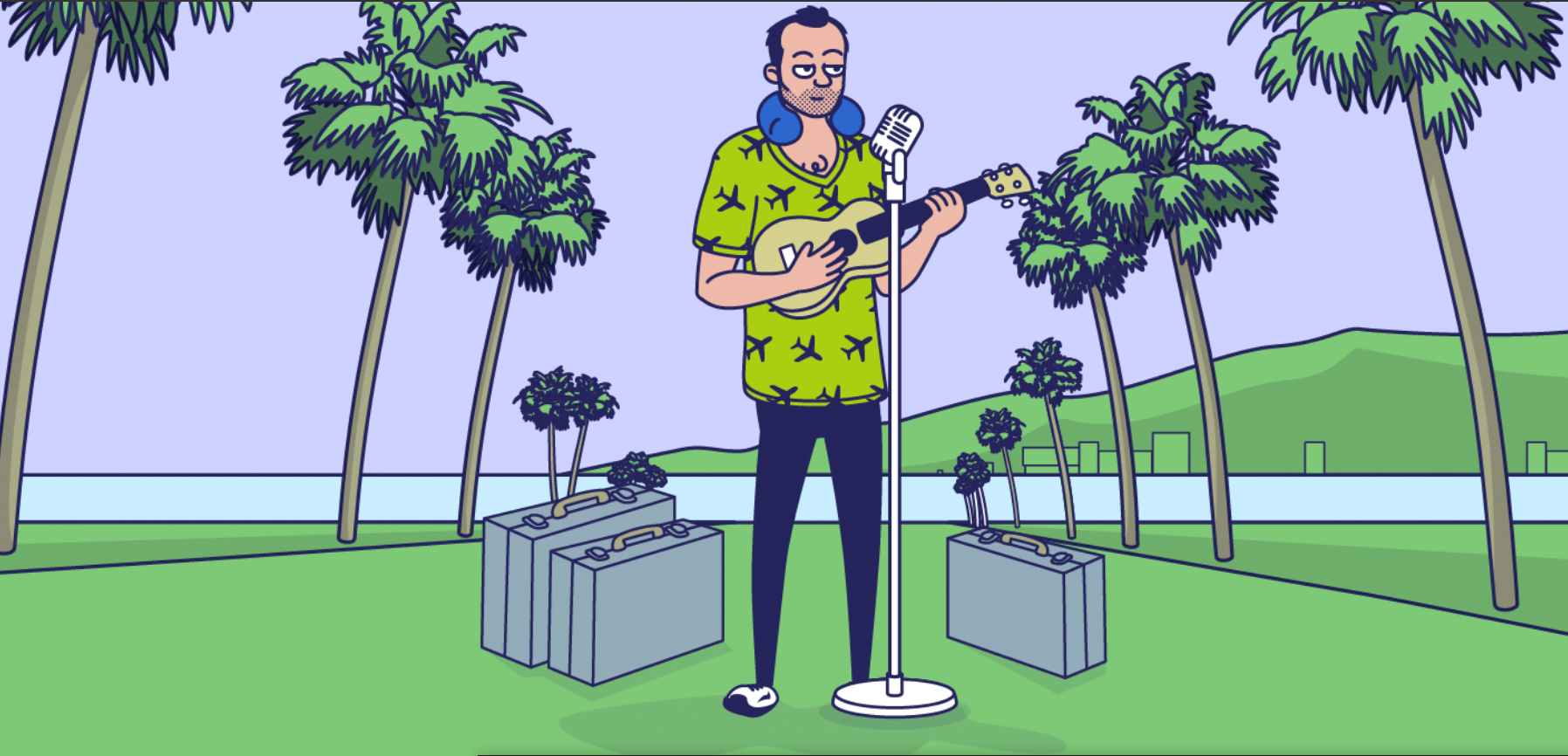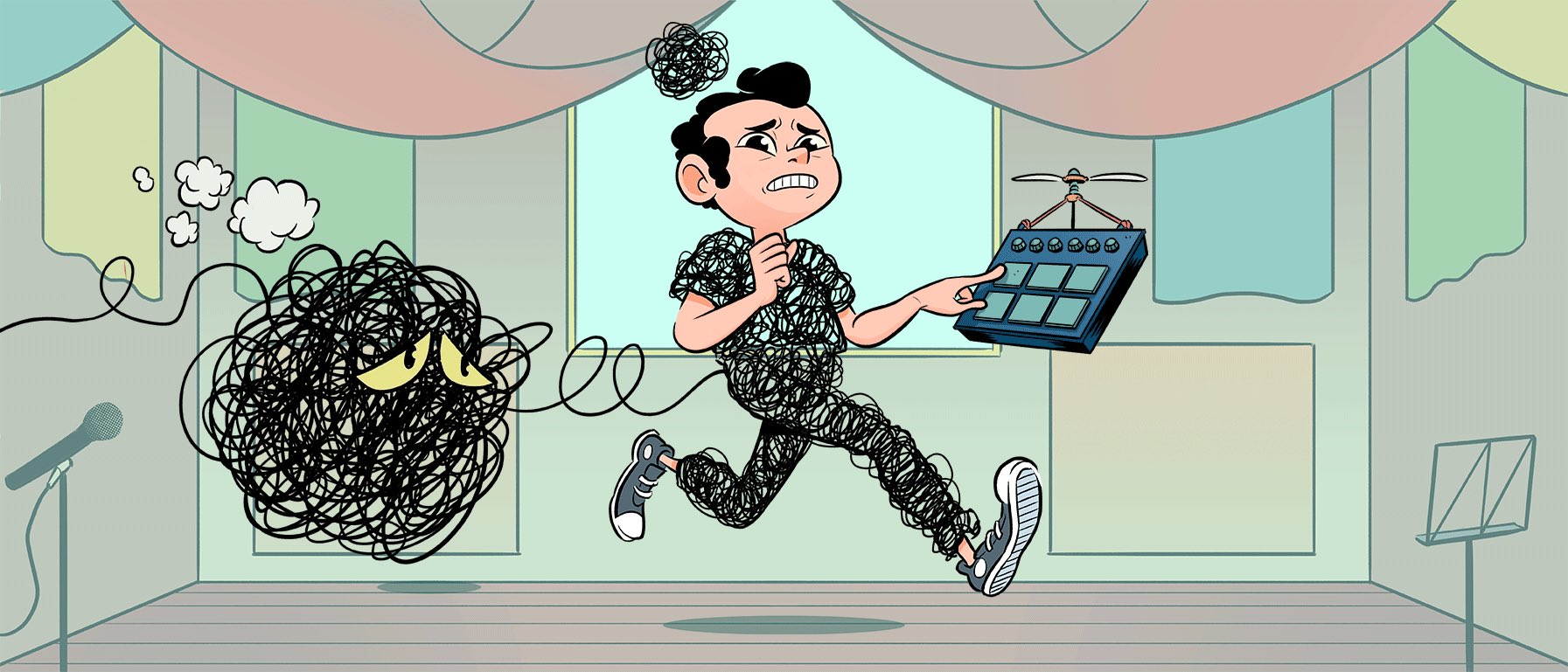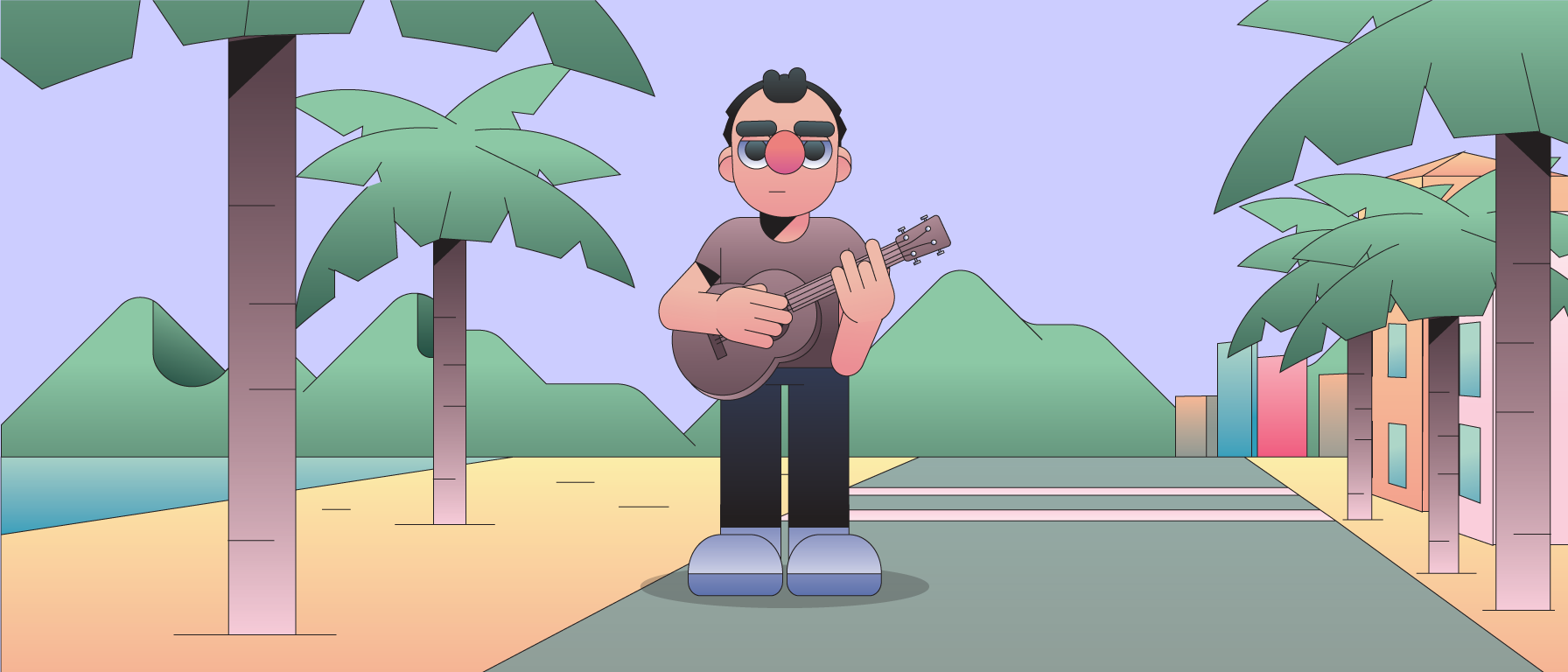09 October 2022
AUTHOR:
AUSTIN ROBEY
EDITOR:
BRANDON STOSUY
Public record
Evolution of the solopreneur
The narrative of the solopreneur and how projects have transformed from solo creative projects and towards collective and collaborative organizations.
The rise of the solopreneur
The “creator economy” is a tech buzzword used to describe the ecosystem of tools that creators use to earn money and build audiences online. This idea of a “creator economy” has often been promoted as a series of tools enabling the future of creative work. Proponents argue that by using these platforms, creators can be their own bosses, free themselves from intermediaries, and have a more direct relationship with their audiences.
Ask an online creator about the experience of releasing work online today, though, and you’ll hear a growing list of emotional and practical anxieties. It’s an isolating experience. It feels like we're competing against algorithms and each other. It’s often not clear who even owns creator economy platforms. It can feel like there aren’t any meaningful alternatives.
But lately the beginnings of a new pattern has emerged. Several creators, who were once solo individual practitioners, have begun rethinking their online stack to transition what were once solo projects into full self-governing collectives.
Crossing the threshold from solo creator to an engaged collective requires rethinking many of the traditional “creator economy” defaults. This includes experimental expressions of collective ownership, cultural production, and a blurred distinction between creator and community.
Below are examples of several groups that have made this transition, evolving from creator economy solo projects to community-led collective organizations.
Water & Music
Stage 1: solo newsletter
Water & Music began as a solo project. Initially a newsletter by music industry writer Cherie Hu, the Water & Music newsletter grew to become a respected source of music industry news and insights. As Cherie’s audience around her newsletter grew, she eventually started a Patreon page to build a membership community.
Stage 2: platform-enabled community support
Using Patreon, Water & Music made their first shift from being a freelance solopreneur project towards becoming an independent, community-supported project. This decision proved to be successful. With subscription support from online patrons, Water & Music began to grow to the point of supporting other part-time and full-time staff. The solo newsletter became a collaborative and self-sustaining business.
But Water & Music recognized the risks of being too reliant on a platform like Patreon and began asking critical questions. How much did they really “own” their audience? What if Patreon’s policies or ownership suddenly changed? The longer Water & Music relied on a platform, which they had no ownership or voice in, the greater the lock-in and higher eventual switching costs. So, W&M switched to a platform-less, and collectively-owned approach.
Stage 3: platform-less collective
In 2022 Water & Music abandoned their audience-building efforts on Patreon’s platform and began recognizing membership through the ownership of a W&M membership NFT, as well as a more traditional option via their website. By having membership represented by an NFT, their membership graph was no longer locked into someone else’s corporate server. It was represented on a public and transparent database (Ethereum).
At the same time, Water & Music started creating reports with their community. It was no longer a small team creating reports, it became a larger collective effort with dozens of contributors. This effort of collective writing was supported by the introduction of a native community token, $STREAM, used to recognize the contributions of each member.
At launch, the $STREAM token was also airdropped to retroactively reward the community for several forms of loyalty, contributions, or patronage. Recipients included guest article writers, Patreon supporters, and engaged Discord users. The $STREAM token, meant to represent a proxy for ownership and control of the W&M network, was now empowering a broad base of stakeholder groups. It also became a way to measure, reward, and incentivize community contributions.
Today, Water & Music has evolved past being a single-player newsletter into becoming a multi-player, collectively-run metalabel for music industry research.
Songcamp
Stage 1: solo artist
Matthew Chaim has been releasing music as a solo artist since 2016. The Montreal-based artist wrote, produced, and performed music under his name using a familiar music industry model. This includes releasing music on DSP’s, touring, selling merch and albums.
Stage 2: collaborative songwriting camp
In the Spring of 2021, Matthew created an experimental songwriting camp called Songcamp. This initial experiment, titled “The Unlock,” collectively funded, created and distributed art.
Here’s how it worked:
— Three newly-formed groups of music makers co-created three songs from scratch
— A team of visual artists created the cover artwork for those records
— Each song is auctioned, with funds distributed automatically to participants
The result of this experiment was over $30,000 going directly to artists and project contributors. Through integrating Web3 infrastructure using Zora, Mirror, and Catalog, funds were able to be distributed to participants automatically and seamlessly, without any value-extractive intermediaries.
Matthew still continues to produce original solo music, but is now an integral part of a new collective identity, an evolving collective of musicians making music together. The initial songwriting camp eventually grew to become more ambitious and collaborative in their imaginative experiments.
Stage 3: headless band
In June 2022, the Songcamp collective launched a project called CHAOS, a band of 77 artists creating and releasing music as a collective identity. Inspired by Other Internet’s Headless Brands essay, CHAOS became the name of a “headless band,” which co-created over 45 songs in three months. Within 24 hours of releasing the songs, the collective band had earned over $500,000 in direct sales, all automatically split among members.
CHAOS is a paragon of post-individualist multiplayer creativity. Collective identity and authorship are the central tenants of the project, conceptually pushed as far away as possible from an individual solo project.
Matthew Chaim’s journey as an artist is a demonstration of this evolution: transforming from a solo creator towards a community-run collective, creating together.
Song A DAO
Stage 1: solo artist
Musician Jonathan Mann has been writing one song a day as a solo artist since January 1st, 2009. This effort began as a personal challenge. As a solo artist, Jonathan wrote, recorded, and published all of these songs himself. In 2014, Jonathan earned a Guinness World Record for most consecutive days writing a song.
During this time, Jonathan has used several creator economy platforms to distribute work. Initially, songs were posted on Tumblr, and later, YouTube. As an audience and community grew to support his work, Jonathan continued to explore ways to allow people to become more meaningfully involved in the project.
Stage 2: platformless membership collective DAO/cooperative
Jonathan had become interested in NFTs after discovering the CryptoPunks project in 2017, sparking an exploration of using the same technology as a way for fans to interact with his songs. This led to an evolution in the project: What if people could collect the songs? What if a participatory community could be built around the project?
In 2022, Jonathan Mann formed an organization called Song A DAO, which represents a move for this project from a solo creative project, towards becoming a co-determined and community-owned collective. What was once a sole proprietorship had become an innovative hybrid model for a legal cooperative paired with a DAO, making song collectors into legal co-owners of the project. Additionally, this is an interesting demonstration of how an individual creator can break the fourth wall, and transition a creative practice to become audience and supporter-owned.
Members of the cooperative, through collecting a song, can participate in the management of the Song A DAO treasury, as well as stewardship and governance of the organization. Once a solo project, Jonathan Mann had turned what was once the Song A Day audience into a community built on shared ownership and participation.
Post-individualist creativity
Water & Music, Songcamp, and Song A DAO, all represent an emerging pattern of post-individualist creators, moving from solo practices towards becoming community-powered collectives. Each of these projects have inverted their approaches towards authorship, identity, and production, to be collective rather than individual.
These examples suggest a shift on the horizon for creators who feel limited by the constraints of creator-economy platforms. Modes of releasing content, building audiences, as well as distributing and monetizing work are often constrained by the online tools and platforms we use. However, each of these groups have embraced platformless membership, community co-ownership, and intermediary-free distribution to rewrite the rules of the existing creator economy.
As groups like these demonstrate their own experimental roadmaps for evolving beyond solopreneurs, we can expect more creators to take a similar path, turning lone creators into participatory collective communities.
